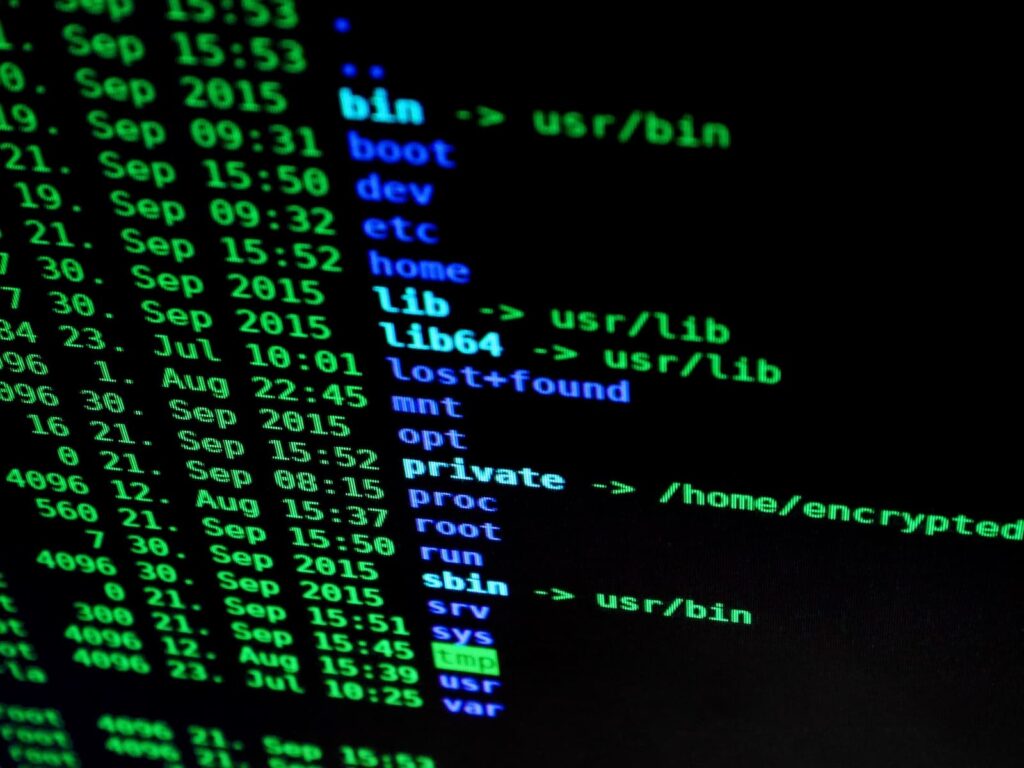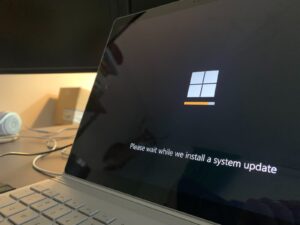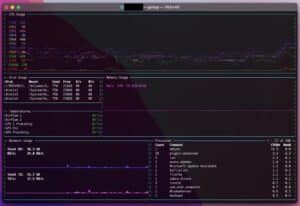A system administrator, or sysadmin, or admin is a person responsible for the maintenance, configuration and reliable operation of computer systems, especially multi-user computers such as servers. The sysadmin tries to ensure that the uptime, performance, resources and security of the computers he or she manages meet the needs of the users, without exceeding a set budget in doing so.
To meet these needs, a system administrator may acquire, install or upgrade computer components and software; provide routine automation; maintain security policies; troubleshoot problems; train or supervise staff; or provide technical support for projects.
Also related to Systems administration
Staff in many organisations offer jobs related to systems administration. In a larger company, they may be separate positions within a computer support or information services (IS) department. In a smaller group they may be shared by a few system administrators, or even by a single person.
- A database administrator (DBA) maintains a database system and is responsible for data integrity and system efficiency and performance.
- A network administrator maintains network infrastructure, such as switches and routers, and diagnoses problems with them or with the behaviour of computers connected to the network.
- A security administrator is a specialist in computer and network security, including the administration of security devices such as firewalls, as well as advice on general security measures.
- A web administrator maintains the web server services (such as Apache or IIS) that allow internal or external access to websites. Tasks include managing multiple sites, administering security, and configuring the necessary components and software. Responsibilities may also include managing software changes.
- A computer operator performs routine maintenance and upkeep tasks, such as changing backup tapes or replacing failed drives in a redundant array of independent disks (RAID). These tasks often require physical presence in the room with the computer and, although less skilled than sysadmin tasks, may require a similar level of trust, as the operator has access to potentially sensitive data.
- A Site Reliability Engineer (SRE): takes a software engineering or programmatic approach to managing systems.
Sysadmin training
A man speaking from a podium to a room of people with laptops.
Training at a systems administration conference
Most employers require a bachelor’s degree in a related field, such as computer science, information technology, electrical engineering or computer engineering. Some schools also offer undergraduate and graduate degree programmes in systems administration.
In addition, due to the hands-on nature of system administration and the ready availability of open source server software, many system administrators enter the field on a self-taught basis.
Typically, a prospective employee is required to have experience with the computer systems he or she is expected to administer. In most cases, candidates are expected to hold industry certifications such as Microsoft MCSA, MCSE, MCITP, Red Hat RHCE, Novell CNA, CNE, Cisco CCNA or CompTIA A+ or Network+, Sun SCNA, Linux Professional Institute, Linux Foundation Certified Engineer or Linux Foundation Certified Systems Administrator,[7] among others.
Sometimes, almost exclusively at smaller sites, the role of system administrator may be given to a qualified user in addition to or in substitution for their duties.
Skills of a sysadmin
Part of this section is from the Occupational Outlook Handbook, 2010-11 edition, which is in the public domain as a work of the United States government.
The subject matter of systems administration includes computer systems and how people use them in an organisation. This involves knowledge of operating systems and applications, as well as hardware and software troubleshooting, but also knowledge of the purposes for which people in the organisation use computers.
Perhaps the most important skill for a system administrator is problem solving, often under various kinds of constraints and stress. The system administrator is on call when a computer system goes down or malfunctions, and must be able to quickly and correctly diagnose what is wrong and how best to fix it. He or she must also have teamwork and communication skills, as well as the ability to install and configure hardware and software.
System administrators must understand the behaviour of software in order to deploy and troubleshoot it, and generally know various programming languages used for scripting or automating routine tasks. The typical role of a system administrator is not to design or write new application software, but when they are responsible for automating system or application configuration with various configuration management tools, the lines blur somewhat. Depending on the role and skills of the system administrator, they can be expected to understand key concepts equivalent to those understood by a software engineer. That said, system administrators are not software engineers or developers, in the sense of the job title.
Especially when it comes to Internet-oriented or business-critical systems, a system administrator must have a strong knowledge of IT security. This includes not only the deployment of software patches, but also the prevention of theft and other security problems with preventive measures. In some organisations, computer security administration is a separate function responsible for general security and the maintenance of firewalls and intrusion detection systems, but all system administrators are generally responsible for the security of computer systems.
Sysadmin functions
The responsibilities of a system administrator may include
- Analysing system logs and identifying potential problems with computer systems.
- Applying operating system updates, patches and configuration changes.
- Installing and configuring new hardware and software.
- Adding, deleting or updating user account information, resetting passwords, etc.
- Respond to technical queries and assist users.
- Responsibility for security.
- Responsibility for documenting system configuration.
- Resolution of any reported problems.
- Performance tuning of the system.
- Ensuring that the network infrastructure is operational.
- Configuring, adding and removing file systems.
- Ensuring parity between development, test and production environments.
- Train users.
- Plan and manage the machine room environment.
In larger organisations, some of the above tasks may be divided among different system administrators or members of different organisational groups. For example, one or more dedicated individuals may implement all system updates, a quality assurance (QA) team may perform testing and validation, and one or more technical writers may be responsible for all technical documentation written for an enterprise. System administrators in large organisations are not usually system architects, system engineers or system designers.
In smaller organisations, the system administrator may also act as technical support, database administrator, network administrator, storage administrator (SAN) or application analyst.
More in Wikipedia.











